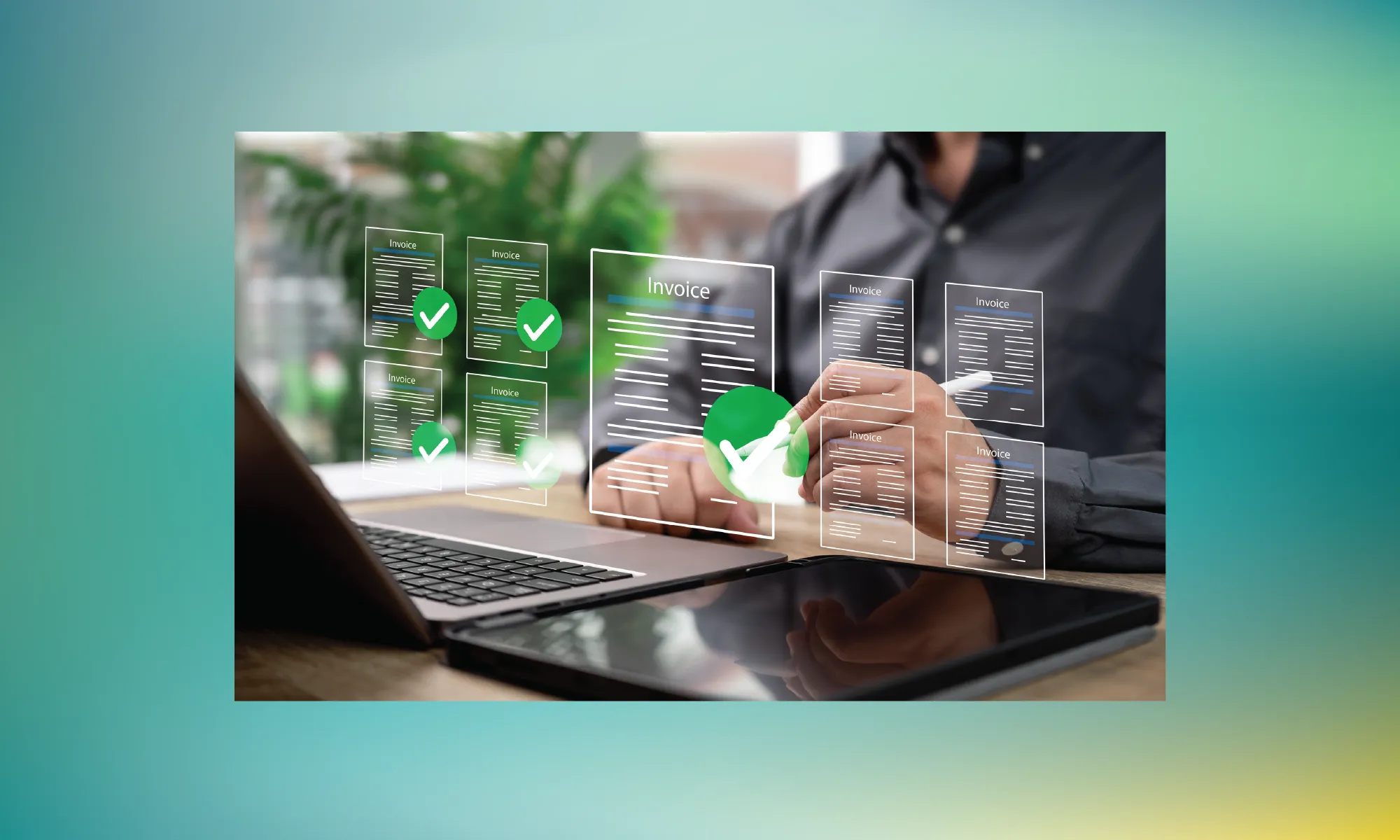In early September Fonoa hosted a webinar on the tax challenges that SaaS companies typically encounter. This is a short article that aims to distill that webinar.
The digital age has ushered in a plethora of opportunities for businesses, especially in the Software as a Service (SaaS) sector. However, with these opportunities come challenges, particularly in taxation. Let's briefly delve into the intricacies of the SaaS business model and its tax implications.
The Unique Characteristics of SaaS Businesses
SaaS businesses often have a distinct set of characteristics that set them apart:
- Lean Teams: Typically, SaaS companies operate with a lean team, often comprising just one or two individuals handling indirect taxes.
- Centralized Operations: These teams are usually based in a single jurisdiction or a handful of hubs, rather than being spread out across multiple countries.
- Global Reach: SaaS companies often have a global presence from day one, selling to multiple countries without significant barriers.
- Rapid Scaling: Successful SaaS companies can see their transaction volumes grow exponentially.
- Budget Constraints: Despite their success, these companies often operate under tight budget constraints, driven by investor expectations (healthy pressure to maintain margins).
- Ambitious Goals: SaaS companies are known for their high ambitions, aiming to conquer global markets.
These characteristics combined can feel like a weight on the shoulders of the tax teams, who often find themselves navigating complex tax landscapes with limited resources.
To Charge or Not to Charge? That is the question.
Regarding taxation, SaaS companies often find themselves on a spectrum. On one end, they might be charging taxes in places where they shouldn't (e.g. on B2B transactions subject to reverse charge), and on the other, they might be neglecting to charge taxes where they are due. Getting the taxes is crucial, as both extremes have significant adverse implications.
The Stakeholders: Who Cares?
While it might seem like a purely financial issue, the tax decisions of SaaS companies can impact a range of stakeholders:
- Tax Authorities: Non-compliance can lead to penalties, interest, and audits.
- Business Teams: Incorrect taxation can affect pricing strategies and profit margins (charging too much tax on cross-border sales makes you uncompetitive and also frustrates your business customers).
- Legal Teams: Non-compliance can result in legal challenges, including potential shutdowns.
- Investors: Investors, especially those eyeing an IPO or acquisition, will be keenly interested in a company's tax compliance so that it does not draw negative attention.
The Transactional Lifecycle: Pre-Sale vs. Post-Sale
When examining the tax implications for SaaS companies, it's helpful to look at the transactional lifecycle. This can be divided into:
- Pre-Sale: Before a sale is made, companies need to determine the correct tax rates and ensure compliance with local regulations.
- Post-Sale: After a sale, companies must manage invoicing, reporting, and remittance, ensuring that all taxes are correctly accounted for.
Pre Sale Considerations
Identifying Your Buyer
Before diving into a sale, it's crucial to identify who you're selling to. Is it a business-to-consumer (B2C) transaction or a business-to-business (B2B) one? Many companies, regardless of their size, often struggle with this differentiation. It's essential to determine whether you're dealing with an individual consumer or a registered business. This distinction is vital due to the potential cross-border implications associated with each type of sale.
Determining Buyer Location
Another pivotal aspect is pinpointing where your buyer is based. In the age of the internet, this might sound straightforward, but it's more complex than it seems. For instance, a user might be in the UK, using a VPN showing a different country's IP address, while making a payment with a card from yet another country. These multiple indicators can lead to confusion, making it challenging to determine the actual place of supply. Understanding the rules of each jurisdiction is crucial to ensure compliance and avoid potential pitfalls.
The Importance of Latency (Speed)
Once you've gathered all the necessary information, it's time to calculate the applicable taxes. However, in the digital age, speed is of the essence. Consumers are accustomed to quick transactions, and any delay, like a spinning wheel on a checkout page, can lead to abandoned carts. Companies must ensure that their tax calculations are not only accurate but also swift to maintain a seamless user experience.
Post-Sale Considerations
Invoicing and Digital Reporting
After a sale, businesses must focus on documentation and compliance. For B2B transactions, generating the correct invoices or receipts is paramount. With the rise of digital economies, several jurisdictions now require real-time or near-real-time reporting of transactions to authorities. This added layer of transparency ensures that businesses are compliant with local regulations.
Collection, remittance and reporting of taxes
Moreover, remitting collected taxes to the respective authorities remains a challenge. While the need for local bank accounts is diminishing, some countries still mandate it, adding another layer of complexity to the process.
Registration Nuances
An often overlooked aspect is the registration process. Different countries have varying thresholds and regulations. While larger companies might quickly surpass these thresholds, it's essential to be aware of them to ensure compliance. Some countries even allow businesses to make sales before registration, provided they register upon reaching a specific threshold.
When venturing into international markets, businesses must first determine if there's a threshold for sales or revenue. This threshold can be based on various factors:
- Type of Threshold: Is it based on the number of transactions or the revenue generated?
- Scope of Revenue: Do you consider only local country revenue, or does it include global revenue? Some countries might even aggregate global revenue, adding another layer of complexity.
- Timing: The period considered for these thresholds isn't always a calendar year. It could be a rolling 12 months, either looking forward from a specific transaction or backward.
- Currency Conversion: How do you handle the conversion if a country's threshold is in its local currency and you're transacting in a different one? Do you convert in real time for each transaction? These might seem like minute details, but they play a significant role, especially for businesses that are on the cusp of these thresholds.
Once you've understood the thresholds, the next step is registration. Not every business might want to register from day one, but it's essential to be prepared:
- Duration: Some countries have prolonged registration processes. It can take up to 8 weeks, sometimes even longer, to get a VAT number or equivalent.
- Size and Life Cycle: The need and timing for registration might vary depending on the size of your business and where you are in your growth journey.
Addressing the Challenges: What Are Your Options?
With these complexities in mind, how can businesses ensure they're compliant and efficient? Here are some approaches:
- The Ostrich Technique: Also humorously termed as the "hope and pray" method, this approach involves doing nothing deliberately, and hoping for the best. Often driven by a lack of resources or overwhelming work, businesses might blindly enter markets and hope they don't face repercussions. However, this method is risky. Tax authorities worldwide are becoming more adept at tracking non-compliant businesses, leading to penalties, negative PR, or even shutdowns. And even if it works short-term, tax authorities tend to have a long memory.
- Bare Minimum Approach: Here, businesses do the absolute minimum required by law, often resulting in them becoming uncompetitive in certain markets. This approach can be costly and is often driven by internal risk policies.
- Technology-Driven Approach: The most effective and efficient way to navigate these challenges is through the use of tax technology. Automating the process ensures accuracy, speed, and compliance.
Choosing the Right Software - What should I look out for?
When considering tax automation software, businesses should prioritize:
- Fast Integration: With the rapid expansion of SaaS businesses, there's a growing demand for quick solutions. Waiting a year for a comprehensive implementation is no longer feasible.
- Flexibility: The software should be adaptable to the business's needs, rather than forcing the business to adjust to the software.
- Performance (latency and reliability): Especially in the SaaS space, tax calculations must be swift to prevent customer drop-offs during transactions.
- Scalability: As businesses grow, the software should be able to handle increased demands.
- All-In-One Solutions: With digital reporting requirements set to increase globally, businesses will benefit from a comprehensive solution that addresses multiple needs.
- Coverage: Here we are talking about coverage not only geographically but also in the business model and transaction sense (can your software provider support your B2B and B2C transaction and reporting needs? Can they also cover future evolutions such as expanding into a marketplace model).
While some of these considerations might seem obvious, businesses must think long-term when selecting a solution.
How Fonoa Can Help
At Fonoa, we specialize in simplifying the complexities of indirect tax automation for SaaS companies. Our solutions are designed to streamline your tax processes and ensure compliance, enabling you to focus on your core business operations. From precise tax calculations to real-time reporting and seamless integration, Fonoa's technology-driven approach empowers your business to thrive.
Ready to take the next step towards tax efficiency? Contact us today to explore how Fonoa can transform your SaaS tax operations.
















